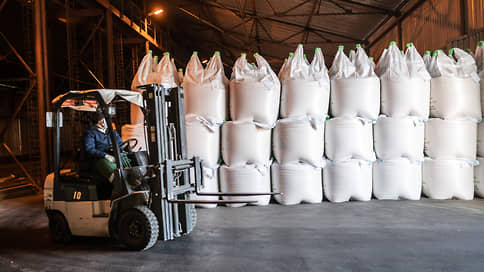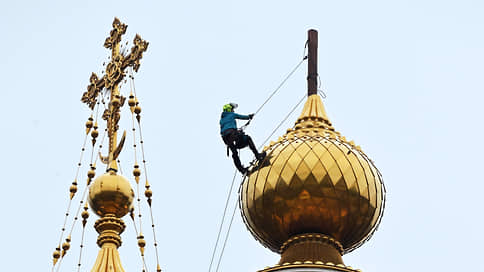Fertilizer exports from Russia by 2030 can grow by 15 million tons

In Russia, by 2030, a significant increase in production and export of minority is expected – by 28% and 38%, respectively. According to the calculations of the Imbler, the main supplies abroad will go through the Baltic basin, where more than 80% of all volumes of chemical products are now exceeded. But, experts warn, a shortage of transport capacities along this route can grow up to 22 million tons in five years.
Fertilizer production capacities in Russia, taking into account the input of new projects, can grow by 18 million tons by 2030 (28%) from 60 million to 78 million tons, and the Imbler experts calculated. The largest growth will be shown the segment of potassium fertilizers (by 50%), the nitrogen sector will grow by 30%. In the case of the implementation of all the declared production initiatives with a low degree of study, the proposal of fertilizers by this period will increase by an additional 8-12 million tons-mainly due to urea. “Many“ paper ”projects relate to new companies that are not related to the existing fertilizer manufacturers,” the Implement is indicated in the “implements”. “For such projects, the issue of provision of infrastructure, in particular, exporting, due to export orientation, is especially acute.”
The company’s presentation notes that the global demand for minimizing by 2030 will grow by 23 million tons in the active substance (11%). The main contribution to growth will be provided by Latin America and South Asia. Export of fertilizers from Russia, according to experts, can increase by 15 million tons, or 38%, from 40 million tons last year – mainly due to urea and potassium chloride. At the same time, domestic chemical manufacturers, according to experts, remain competitive in the world market due to the low cost of production even with amendments for significant logistics costs.
The most promising route for foreign deliveries, the managing director of the Imbler Dmitry Akishin at a press conference at the MIA Russia Today called the Baltic pool. As noted in his presentation, now the main volume of fertilizer transshipment occurs in the European part of the Russian Federation-through the Baltic (the power of the transshipment of 47 million tons per year, 84% of the total export in 2024), the Azov-Black Sea (ACB, 7 million tons per year) and the Arctic (4 million tons per year) of the pool. According to experts, by 2030, the capacity of the western ports of the Russian Federation for fertilizer transshipment will grow by about 30 million tons per year – this is 20 million tons in the Baltic, 5 million tons in the ASB and 4 million tons in the Arctic. At the same time, now there is a shortage of transport capacities on the Baltic route, and a number of Russian and Belarusian manufacturers, for which this direction is optimal, are forced to export fertilizers in containers by rail to China or through the Baltic container terminals.
According to the “Imbler”, the specialized capacities of the declared terminals projects in the Baltic states behind at least 6 million tons of the necessary capacities at the peak loads. By 2030, an uncovered need for them could grow up to 22 million tons in the range. At the same time, experts predict the infrastructure balance in the ACB ports. “However, the possibility of redirecting“ parity ”industries, an increase in fertilizer consumption in the Asian markets and a possible lack of transshipment capacities in the Baltic, create conditions for the development of infrastructure and in the south of the country,” the document says.
At the same time, as noted during the discussion, the Executive Director of the Union of Railway Transport Operators Igor Sankovsky, when planning the further development of port capacities, it is necessary to take into account the risks associated with the transshipment of Belarusian fertilizers that are now going through Russia and displace domestic products from the ports. According to him, in case of weakening of the sanctions, Belarus will immediately switch to the closest and cheap ports of the Baltic states.
In the Central Administrative District, Gazprombank as a whole agrees with the arguments of the « Imblemen ». It is expected that by 2030 fertilizer production will grow by another 12 million tons, and exports – on 7-8 million tons. “The historically geographical location of fertilizer production plants in Russia turned out so that most companies are really more advisable to carry goods through the ports of the Baltic,” said Nina Adamova, expert at the Central Administrative District of Gazprombank. “But, given the variety of sales channels of Russian fertilizers, the southern and eastern directions also are of interest, especially for enterprises in the central and southern part of the country.” It also emphasizes the need to synchronize the development of port and railway infrastructure.








